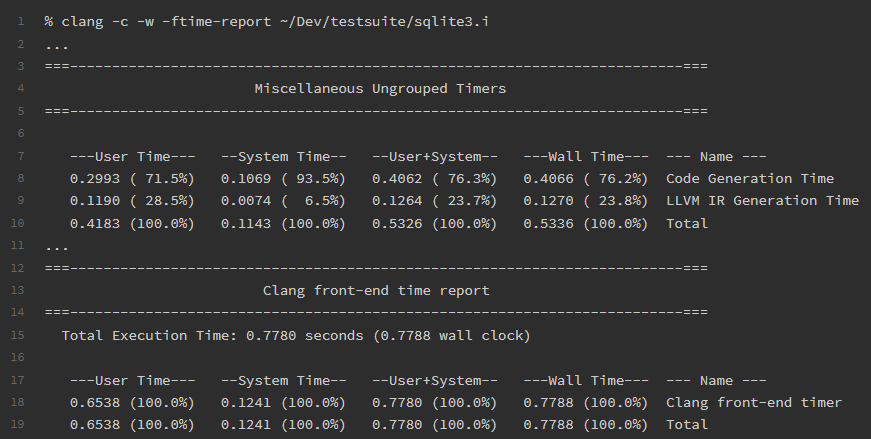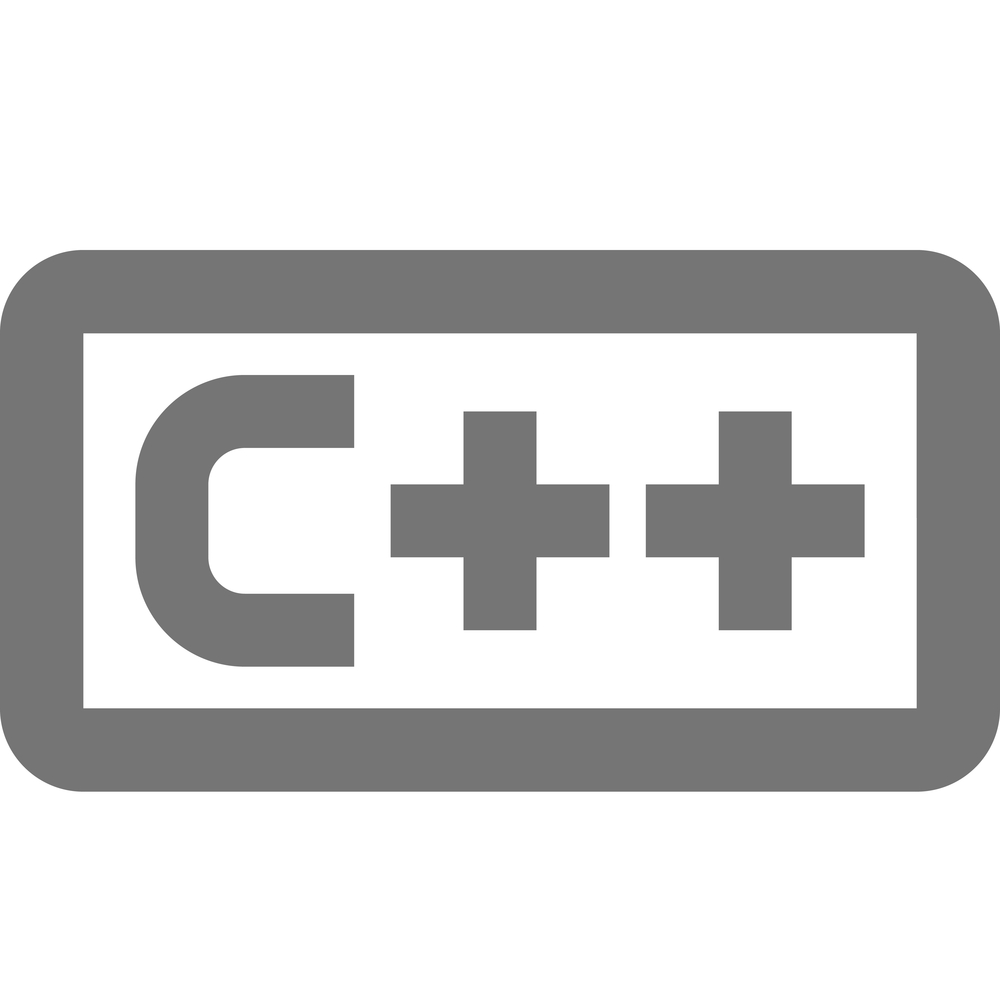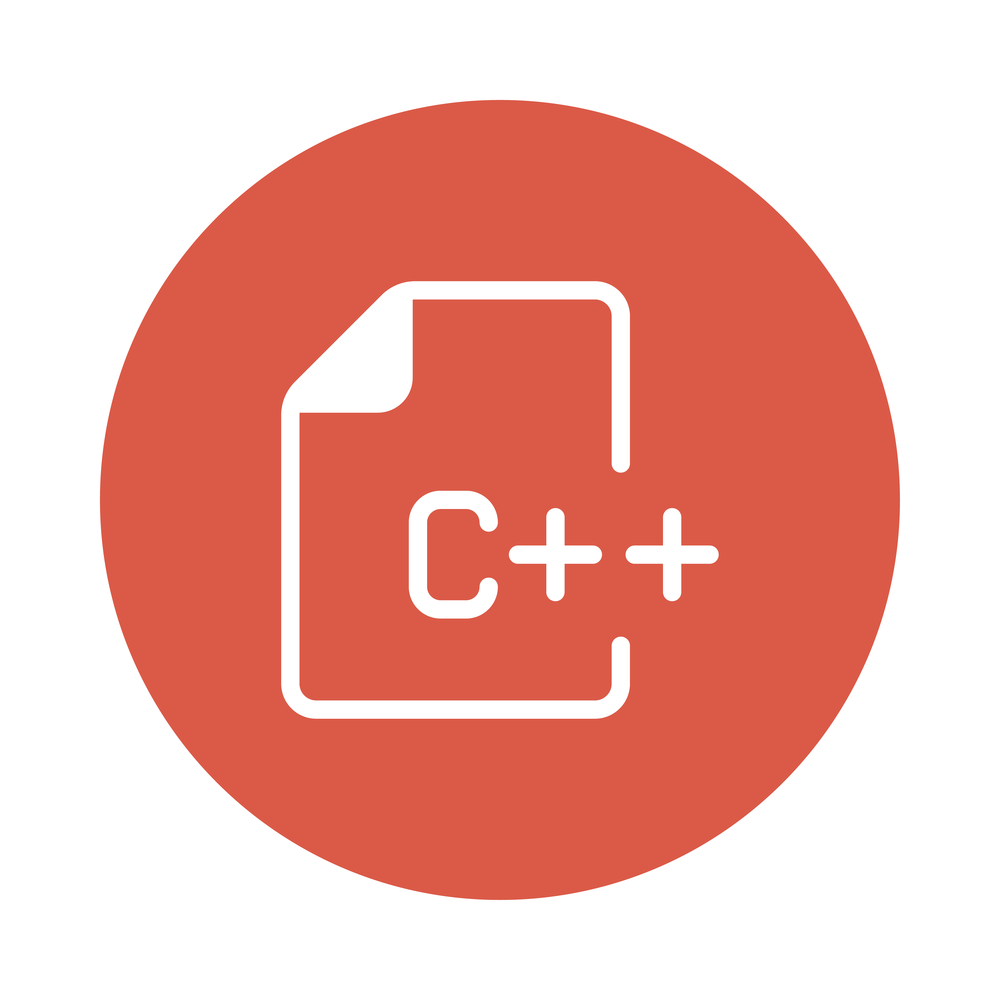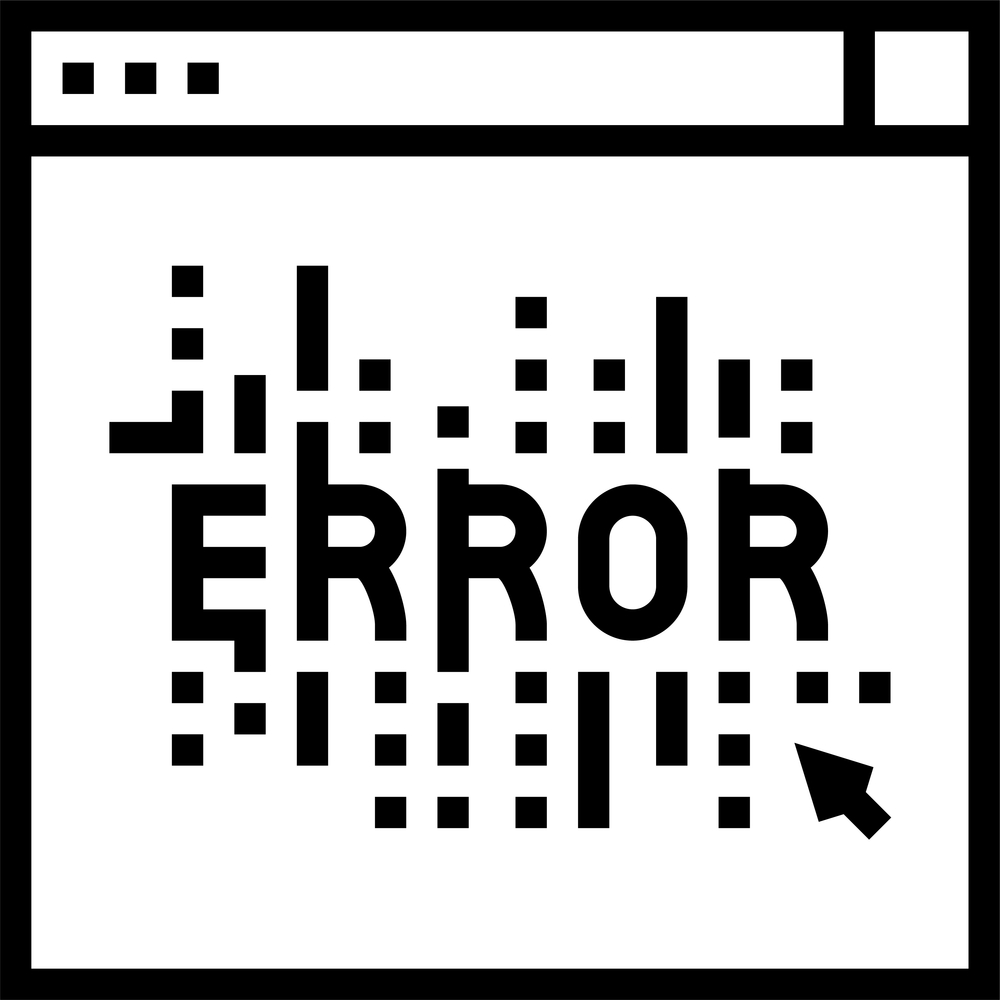When a default-initializable type actually isn't -- Kaashif Hymabaccus
 The C++ proposal for
The C++ proposal for indirect and polymorphic introduces two new class templates designed to simplify working with dynamically allocated types while retaining value semantics. This post dives into a curious case with polymorphic, exploring why std::default_initializable<polymorphic<T>> evaluates to true—even when polymorphic<T> can't actually be default-initialized in practice.
When a default-initializable type actually isn't
by Kaashif Hymabaccus
From the article:
I was looking at a proposal for adding value-semantic dynamically-allocated types to C++. You can find it here. This proposal adds two class templates,
indirectandpolymorphic.The primary use case for this is to make it easier to write correct composite classes. A motivating example can be found through existential types.
Suppose you want a type T which owns (ownership is key) some objects implementing some interfaces. You don't know what concrete types the sub-objects have, and you don't care. You're fine with dynamic dispatch, with the overhead that entails at runtime. You want value semantics, meaning (among other things) copying T copies the sub-objects too.
In Rust, this is expressible through
Box<dyn T>, which lets us own objects and perform dynamic dispatch with value semantics. This is whatpolymorphicwill allow in C++, allowing you to avoid hacking aroundunique_ptr. See the proposal above for more detailed motivation.


 C++26 will introduce a new concurrency feature called std::execution, or senders/receivers. Lucian Radu Teodorescu explains the idea and how to use these in detail.
C++26 will introduce a new concurrency feature called std::execution, or senders/receivers. Lucian Radu Teodorescu explains the idea and how to use these in detail. Static reflection is under consideration for C++26. Wu Yongwei demonstrates how to achieve reflection now and shows some examples of what C++26 might make possible.
Static reflection is under consideration for C++26. Wu Yongwei demonstrates how to achieve reflection now and shows some examples of what C++26 might make possible. The trick to understanding C++ compiler error messages is to focus on two things. First, look at the beginning of the error message, which tells you what went wrong at a very low level. Then skip over the intermediate errors that follow the chain of calls until you end up at the line of code that you wrote. That original line of code is the one that is leading the compiler to a bad place. After that, you sometimes get supplemental information that helps you understand the low-level error better.
The trick to understanding C++ compiler error messages is to focus on two things. First, look at the beginning of the error message, which tells you what went wrong at a very low level. Then skip over the intermediate errors that follow the chain of calls until you end up at the line of code that you wrote. That original line of code is the one that is leading the compiler to a bad place. After that, you sometimes get supplemental information that helps you understand the low-level error better. This article explores how C++20 concepts can replace CRTP when implementing static interfaces for a family of classes. By leveraging concepts, we achieve cleaner, more readable, and less error-prone code—provided you have access to C++20.
This article explores how C++20 concepts can replace CRTP when implementing static interfaces for a family of classes. By leveraging concepts, we achieve cleaner, more readable, and less error-prone code—provided you have access to C++20.